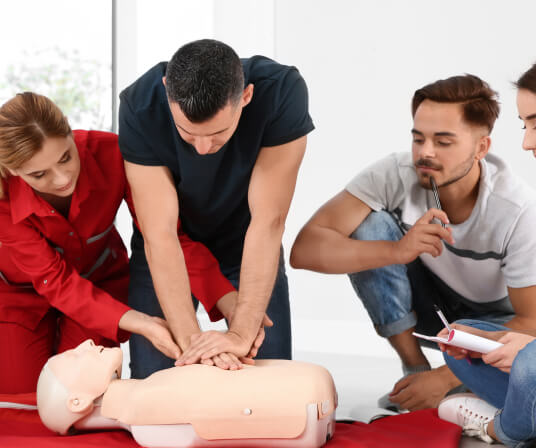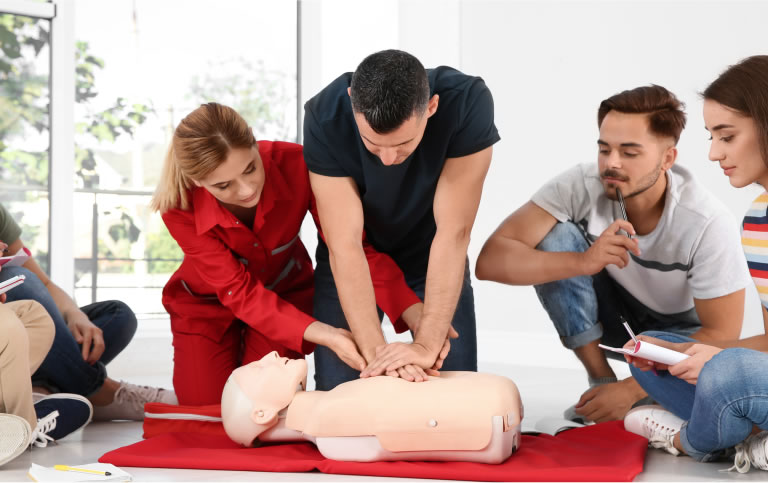CPR, First Aid, BLS, ACLS, PALS certifications.


$49.95 $59.85
| Chapters | CE Credits | Validity | Cost | Duration | ECC | Exam Attempts | Wallet Card |
|---|---|---|---|---|---|---|---|
| 31 | — | 2 Years | $49.95 | 2 Hrs | Compliant | Unlimited | Download/Print/Mail |
Accidents from bites and stings can happen at home, work or even while you are traveling. It’s important to understand the various types of bites and stings and what First Aid care should be provided. If one experiences an allergic reaction to the bite / sting, First Aid may involve the use of an epinephrine pen (Chapter 7).
A bite that punctures the skin can cause bleeding and lead to an infection. Bites that do not break the skin may require minor First Aid. It’s important to understand that the reaction to a punctured bite will vary depending on the germs that were in the biter’s mouth / saliva.
If you notice that an animal is acting strangely, be sure to keep your distance. Some animals may carry rabies and require immediate medical attention, i.e., dog, cat, skunk, bat, raccoon or other wild animals.

Poisonous snakes release venom when they bite. You should always assume that a snake is poisonous if you are not able to tell from the bite mark. Symptoms of a poisonous snakebite can include: pain, swelling near the bite area, nausea, vomiting and weakness.
Unless a person is allergic to the source of the sting, a person may experience a minor reaction. Stings usually lead to itching, swelling and minor pain.
Remember some stings may be more dangerous, if the source is poisonous (i.e., scorpion, poisonous spider). In these instances a person will experience more severe symptoms such as: fever, severe pain, seizures, vomiting, breathing problems and may even stop responding.